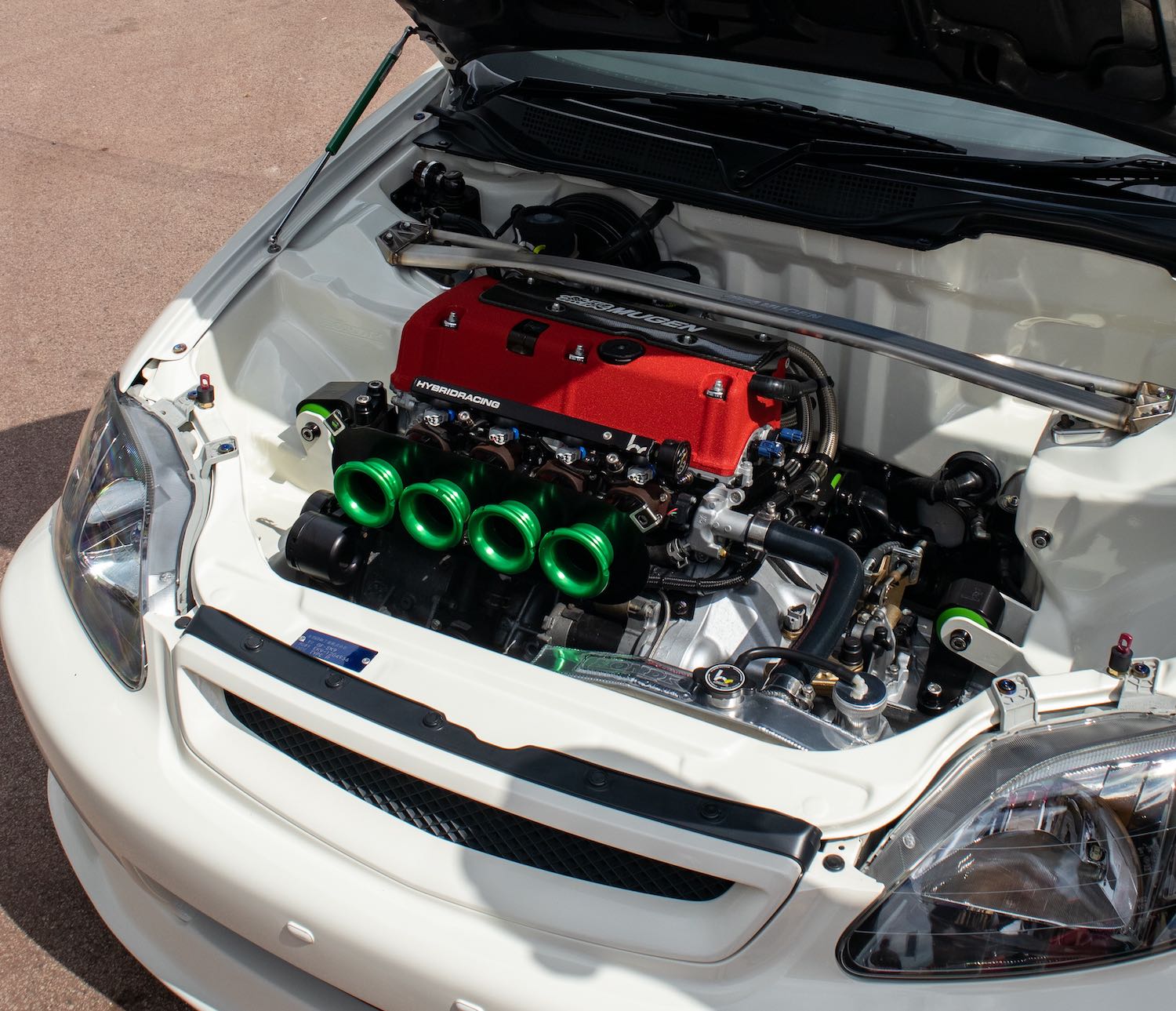Car plate changes have become increasingly common in the UK as drivers look for ways to make their vehicles more unique or to hide their age. The process involves replacing the original number plate with a personalised plate that can be chosen by the vehicle owner. In this article, we will look at the reasons for car plate changes, the rules and regulations surrounding them, and how Rapid Car Check can help you when purchasing a vehicle with a personalised plate.
Reasons for Car Plate Changes
There are a variety of reasons why drivers might choose to change their car plate. One of the most common reasons is to make their vehicle more unique. With millions of cars on the road, personalised plates can help a driver stand out from the crowd. Additionally, personalised plates can be used to display a message or nickname, which can be a fun way to add a personal touch to a vehicle.
Another reason why drivers might choose to change their car plate is to hide the age of their vehicle. In the UK, the age of a car can be determined by the first two letters of the number plate. For example, the letters “AB” would indicate that the car was first registered in 1984 or 2010. By changing the number plate, a driver can make their vehicle look younger than it actually is.
Rules and Regulations
While changing your car plate may seem like a simple process, there are a number of rules and regulations that must be followed. First and foremost, the new plate must be registered with the DVLA and must conform to the standard size and format of a UK number plate. Additionally, personalised plates cannot be used to make a vehicle look newer than it actually is. For example, if your vehicle was first registered in 2005, your personalised plate cannot include the letters “Y” or “56”, which would indicate that the car was first registered in 2001 or 2006.
When purchasing a vehicle with a personalised plate, it is important to ensure that the plate is legal and has been correctly registered with the DVLA. Rapid Car Check can help you to do this by providing a comprehensive history check on the vehicle. This check will confirm the registered plate number and ensure that it is legal and has not been reported as stolen or involved in any accidents or outstanding finance.
Fun Facts
Did you know that the UK’s first number plates were issued in 1903? Back then, they consisted of just one or two letters, followed by up to four numbers. It wasn’t until 1930 that the current format of three letters followed by up to four numbers was introduced.
According to the RAC, personalised number plates have become increasingly popular in the UK over the past few years. In fact, the DVLA made over £160 million in sales of personalised plates in 2019 alone. The most expensive plate ever sold in the UK was “25 O”, which was purchased for £518,000 in 2014.
Conclusion
Car plate changes can be a fun and unique way to personalise your vehicle or hide its age. However, it is important to ensure that any personalised plate you use is legal and has been correctly registered with the DVLA. When purchasing a vehicle with a personalised plate, be sure to use Rapid Car Check to ensure that the plate is legal and that the vehicle has a clean history.





